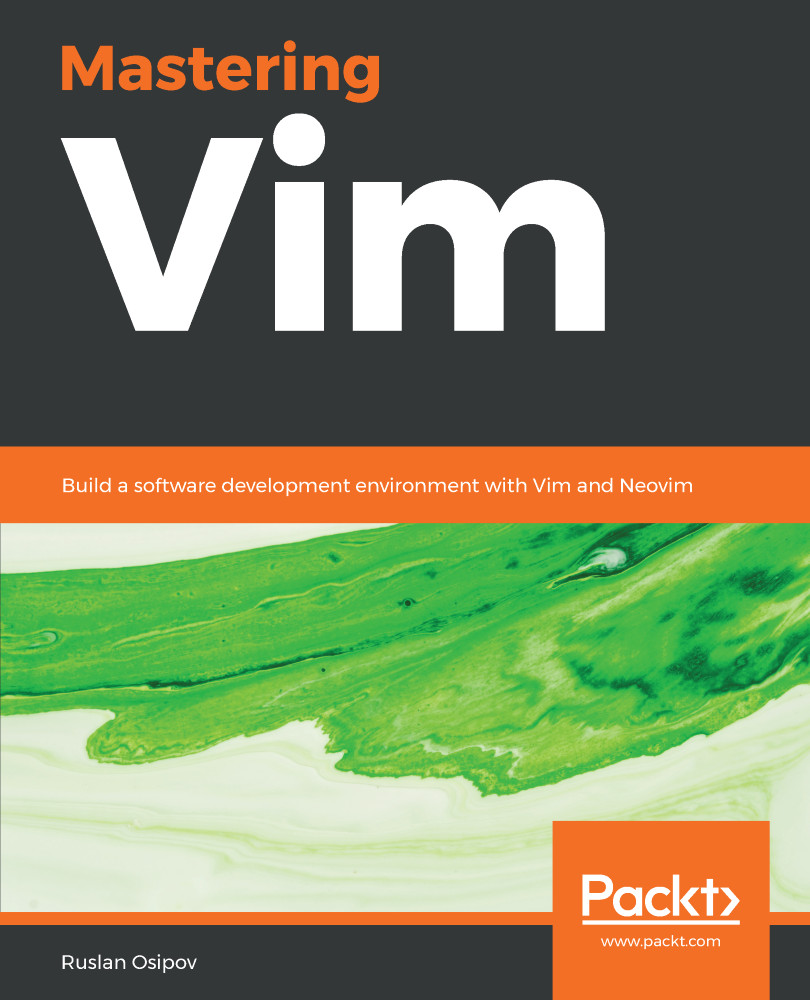Vimscript is made up of commands you run in command-line mode, and really is just a sequence of Vim commands in a file. You can always execute Vimscript by running each command in command mode (the one you prefix with :), or by executing the file with commands using a :source command. Historically, Vim scripts have a .vim extension.
As you're following along with this section, you may want to create *.vim files to experiment in. You can execute the files by running this:
:source <filename>
A much shorter version of that is this:
:so %
Here, :so is a short version of :source, and % refers to the currently open file.
For example, I just created a variables.vim file to play around with Vim's variables. I could execute its contents with :so %:

Alternatively, I could run each command in command mode. For example, if I wanted to print the contents...


